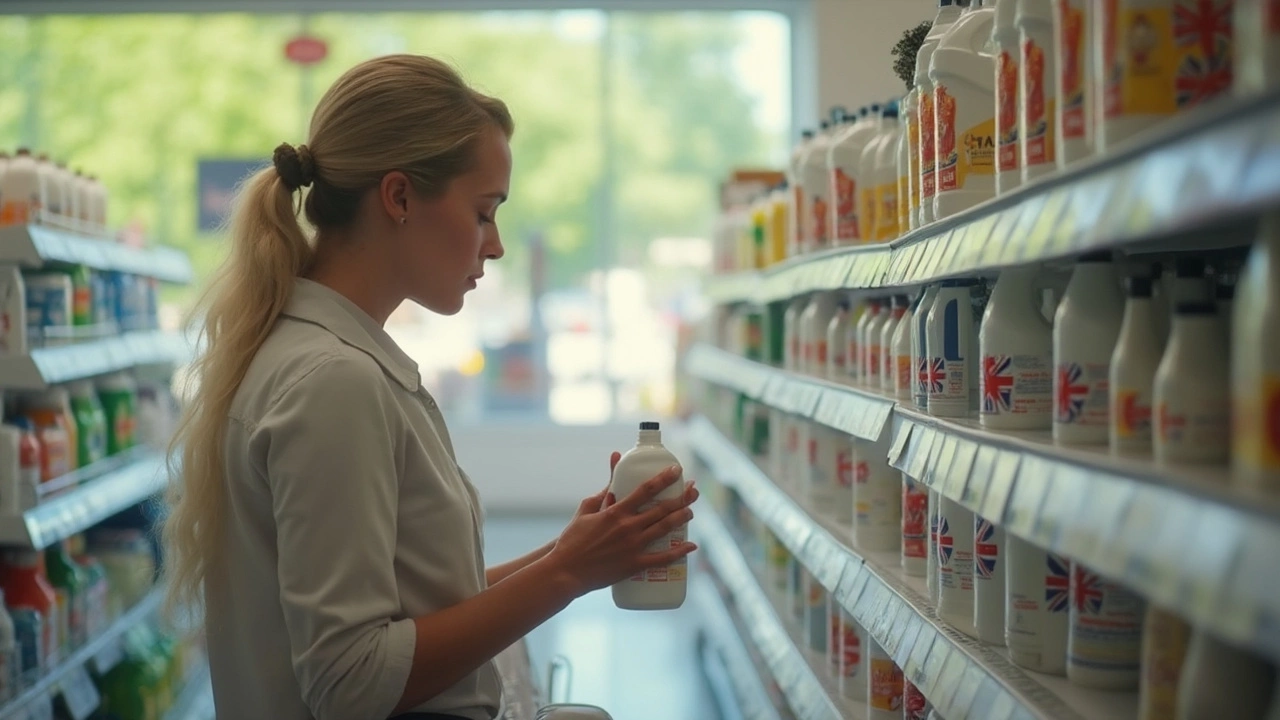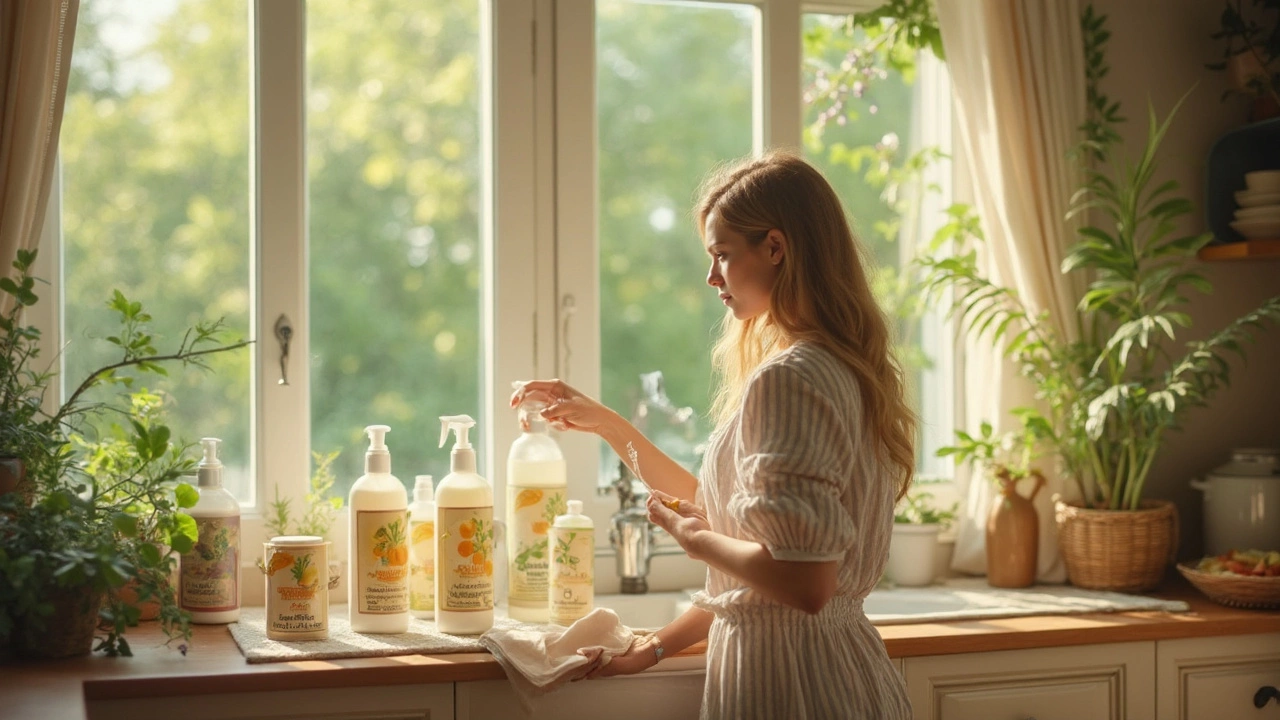Environmental Cleaning: Simple Ways to Go Green at Home
Want a clean house without hurting the planet? You don’t need fancy gear or pricey chemicals. A few everyday swaps can make a big difference and still leave every surface sparkling. Below are real, easy actions you can start right now.
Choose the Right Products
Look for cleaners labeled ‘biodegradable’, ‘plant‑based’, or ‘non‑toxic’. They break down quickly and won’t linger in water supplies. If a label seems confusing, stick to basics: white vinegar, baking soda, lemon juice, and castile soap. These work on most stains, grime, and odors without the harsh residues that traditional cleaners leave behind.
When you buy a commercial product, check the ingredient list. Avoid anything with ammonia, chlorine bleach, or phosphates – they’re tough on the environment and can irritate skin. A good rule of thumb is: if you can’t pronounce it, it probably isn’t green.
Reduce Waste While You Clean
Re‑use old microfiber cloths instead of buying disposable wipes. A single cloth can handle multiple jobs before needing a wash, and it traps dust better than paper. For mop heads, choose reusable ones that can be machine‑washed; they cut down on landfill waste and stay effective longer.
Mix your own cleaning solutions in spray bottles you already have. One part vinegar to one part water tackles glass, tiles, and countertops. Add a few drops of essential oil for a pleasant scent, if you like. This method saves money, reduces plastic packaging, and lets you control exactly what’s going onto your surfaces.
Don’t over‑dilute or over‑use any cleaner. Follow the recommended ratio – more product doesn’t mean better results, it just means more chemicals you’ll have to rinse away. Rinsing with plain water after a vinegar‑based clean removes any lingering taste or smell, especially important in the kitchen.
Energy use matters too. Clean while the lights are on naturally or use a LED lamp instead of bright overhead bulbs. If you need hot water for a deep clean, turn the tap on just long enough to fill your bucket – then switch it off while you scrub. This saves both water and the energy needed to heat it.
Finally, schedule regular maintenance. A quick wipe‑down each week prevents grime buildup, so you won’t need harsh chemicals for a big, scrub‑away session later. Little habits add up: a tidy home, lower utility bills, and a lighter footprint on the planet.
Ready to make the switch? Grab a bottle of white vinegar, a spray bottle, and a stack of microfiber cloths. Start with the kitchen surfaces and work your way through the house. You’ll see how fast a greener clean can feel natural – and your home will thank you.

Is Bleach Eco-Friendly? Cutting Through the Hype
Bleach shows up in every store's cleaning aisle, but just how safe is it for the planet? This article breaks down what happens when you use bleach, how it affects the environment, and if there are truly eco-friendly bleach alternatives. You'll learn about the science, the potential risks, and smart ways to clean up without harming nature. We've even tossed in tips on greener choices and what to avoid if you want a cleaner, safer home. Get ready to rethink that white plastic jug under your sink.
Read More
Eco-Friendly Chemicals: The Clean Choice for a Greener Home
Discover the essentials of eco-friendly chemicals and their role in creating a safer environment for your home. Learn about common ingredients, benefits, and find practical tips on incorporating them into your cleaning routine. Understand their importance in reducing ecological footprints. Dive into how they differ from traditional chemicals and the positive impact on health and nature.
Read More